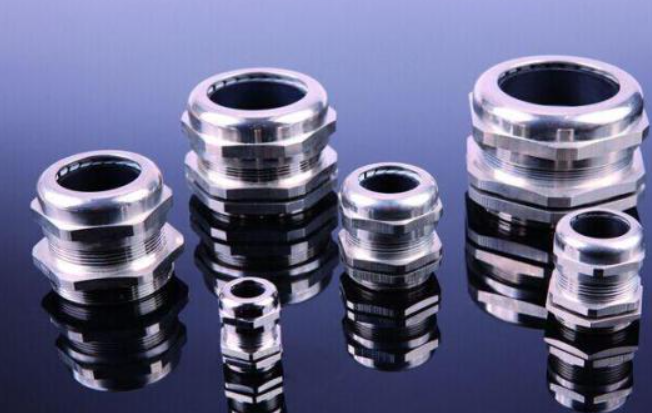When it comes to motor wire feeding methods, there are a variety of options, each with their own unique advantages and applications. In this article, we’ll explore the differences between three popular wire feeding methods: rubber bushing, threaded wire, and gland wire.
Rubber bushing wire feeding method
For applications where flexibility and vibration resistance are important, the rubber bushing wire feeding method is a common choice. This method involves using rubber bushings to protect the wires as they pass through holes or openings in the motor housing or other components. Rubber bushings provide a secure and flexible seal, preventing wires from being damaged by sharp edges or abrasive surfaces.
 One of the main advantages of the rubber bushing wire feeding method is the ability to provide a high level of protection to the wire, especially in environments where vibration or movement is a concern. This makes it ideal for applications such as automotive and industrial machinery, where wires are subject to constant movement and potential damage.
One of the main advantages of the rubber bushing wire feeding method is the ability to provide a high level of protection to the wire, especially in environments where vibration or movement is a concern. This makes it ideal for applications such as automotive and industrial machinery, where wires are subject to constant movement and potential damage.
Thread wire feeding method
The threaded wire feed method involves using threaded fittings to hold the wire in place as it passes through a hole or opening in the motor housing or other component. This method provides a safe and secure connection, ensuring the wires stay in place and are protected from damage.
One of the main advantages of the threaded wire feed method is its ability to provide a strong and secure connection, making it suitable for applications where the wire is subject to pull or tension. This method is often used in applications such as electrical enclosures and control panels, where wires need to be securely held in place to prevent them from becoming loose or damaged.
Gland wire feeding method
The gland wire feeding method involves the use of a gland fitting that provides a strong and waterproof seal around the wire as it passes through a hole or opening in the motor housing or other component. This method is particularly suitable for applications where protection from moisture and environmental contaminants is a priority.
One of the key benefits of the gland wire feeding method is its ability to provide a high level of protection against moisture and environmental contaminants, making it ideal for outdoor or harsh environment applications. Gland connectors create a tight seal around the wires, preventing water, dust, and other contaminants from entering the motor housing or other components.
Application differences
Each of these wire feeding methods has its own unique advantages and applications, making it suitable for the wire feeding requirements of different types of motors. The rubber bushing method is ideal for applications where flexibility and vibration resistance are important, while the threaded wire method is ideal for applications where a strong and secure connection is required. The gland line method is best suited for applications where protection from moisture and environmental contaminants is a priority.
In summary, the choice of motor wire feeding method will depend on the specific requirements of the application, including the level of protection required, environmental conditions and the type of wire used. By understanding the differences between these wire feeding methods, engineers and designers can make informed decisions when selecting the most appropriate method for their specific application.
Rubber bushing, threaded wire, and gland wire feeding methods each offer unique advantages and applications for motor wire protection. Understanding the differences between these methods is critical to choosing the most appropriate option for a given application. Whether it is flexibility, vibration resistance, secure connections or moisture protection, there is a wire feeding method that meets the specific needs of any motor application.
Post time: Apr-17-2024

